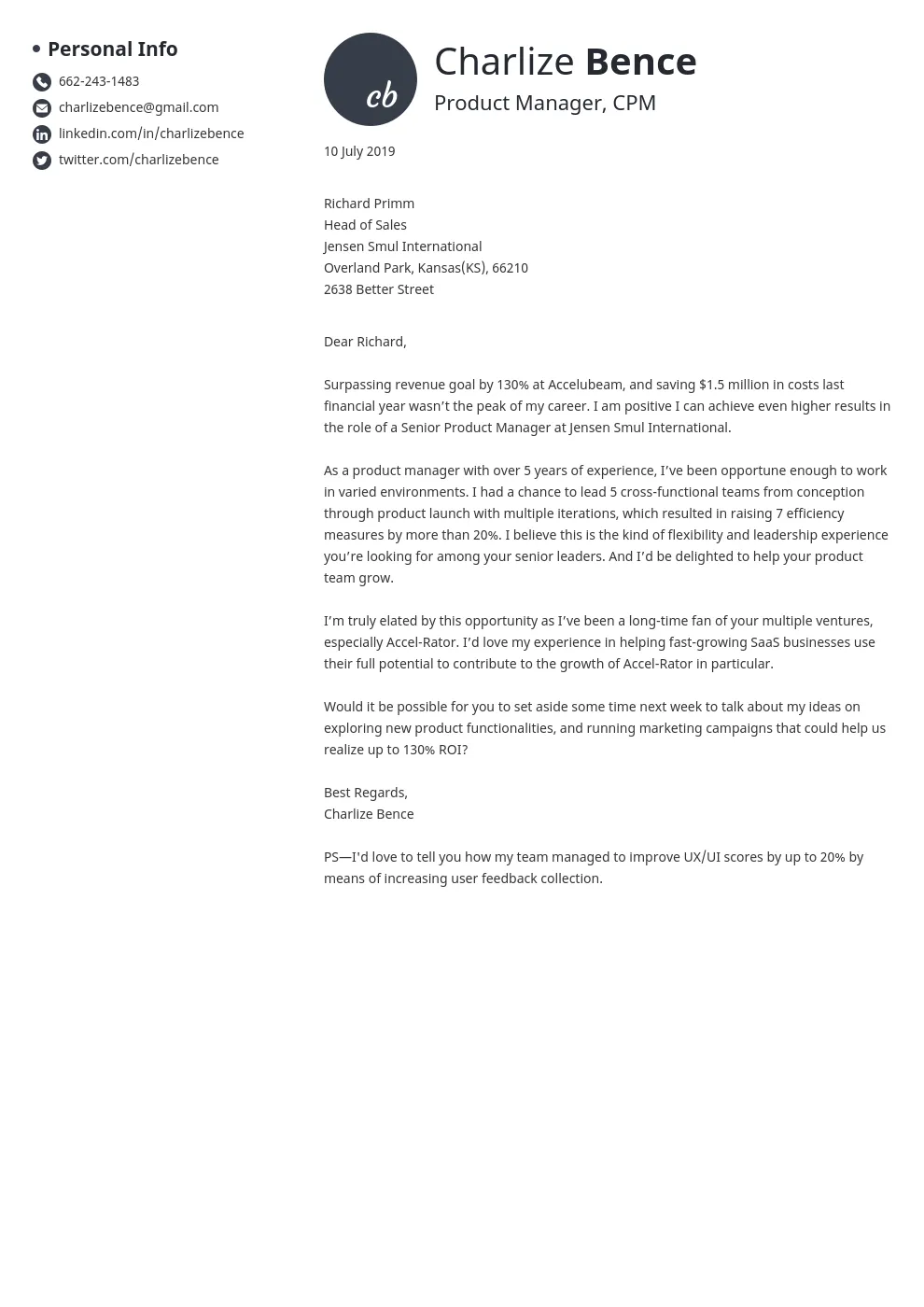The Ideal Cover Letter Length
The length of your cover letter is a crucial element often overlooked in the job application process. A cover letter serves as your first introduction to a potential employer, providing a glimpse into your personality, skills, and qualifications. A well-crafted cover letter complements your resume, offering context and demonstrating your genuine interest in the position. However, it’s essential to find the right balance; a cover letter that’s either too short or too long can negatively impact your chances of getting an interview. Understanding the nuances of cover letter length can significantly improve your application and make a positive impression on hiring managers.
Why Length Matters for Cover Letters
The length of your cover letter is directly related to its effectiveness. Hiring managers are busy individuals who often have to sift through hundreds of applications. A concise, well-written cover letter demonstrates respect for their time and clearly conveys your value. A cover letter that is too short may not provide enough detail or showcase your qualifications adequately, making it seem as though you lack experience or interest. Conversely, an excessively long cover letter risks losing the reader’s attention and can appear unfocused or rambling. A cover letter that hits the sweet spot is more likely to capture the reader’s interest and make them want to learn more about you.
Too Short or Too Long Common Mistakes
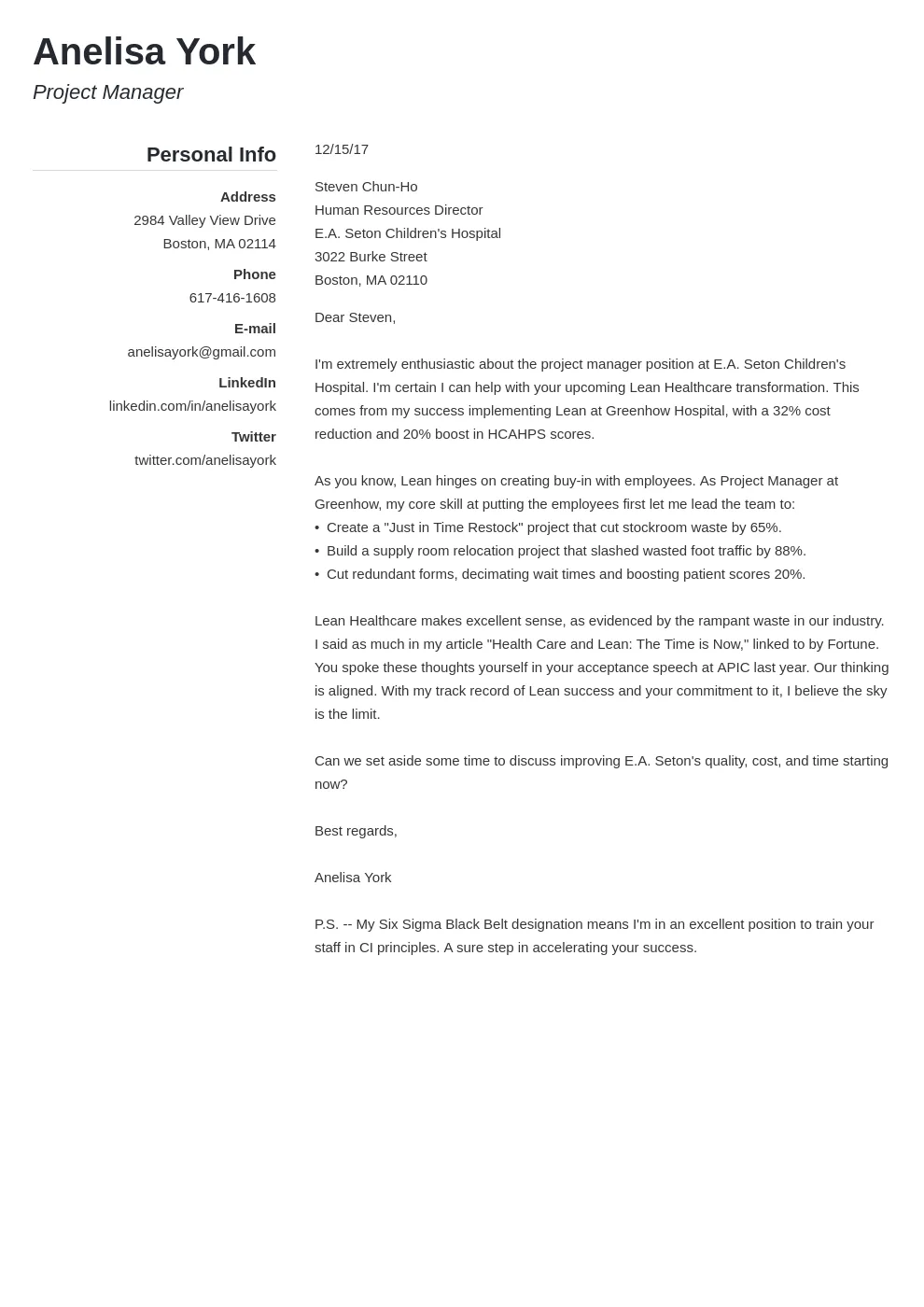
Both short and long cover letters have their pitfalls. A cover letter that is less than half a page may not contain enough information. It might fail to highlight your most relevant skills or experiences, potentially making you appear underqualified or lacking the enthusiasm necessary for the role. Long cover letters, exceeding a page, can be equally detrimental. They can bore the reader, leading them to skim or, worse, abandon reading it altogether. This can result in the most important information being missed. The right length, therefore, ensures that you provide enough detail without overwhelming the reader, leading to a compelling and effective application.
Fact 1 The Sweet Spot for Cover Letter Length
Generally, the ideal length for a cover letter is one page. This allows you to provide enough detail to make a strong case for your candidacy without overwhelming the hiring manager. Aim for a cover letter that’s concise and to the point, highlighting your key qualifications and showcasing your interest in the position and the company. In rare cases, a slightly longer cover letter might be acceptable, particularly if you have extensive experience or if the job requires detailed explanations. However, always prioritize clarity and brevity. A well-structured cover letter that respects the reader’s time is much more likely to leave a positive impression and get you an interview.
The Recommended Word Count
While the ideal length is one page, aim for a word count between 250 to 400 words. This range provides ample space to articulate your key strengths, experiences, and reasons for applying, while remaining concise. Sticking to this word count forces you to be selective about the information you include, ensuring that you emphasize the most relevant details. Avoid filler words or phrases that don’t add value. Each sentence should serve a purpose, contributing to the overall narrative of your application. Remember, quality trumps quantity; a well-crafted cover letter within this word count will be more effective than a longer, rambling one.
What to Include in Your Cover Letter
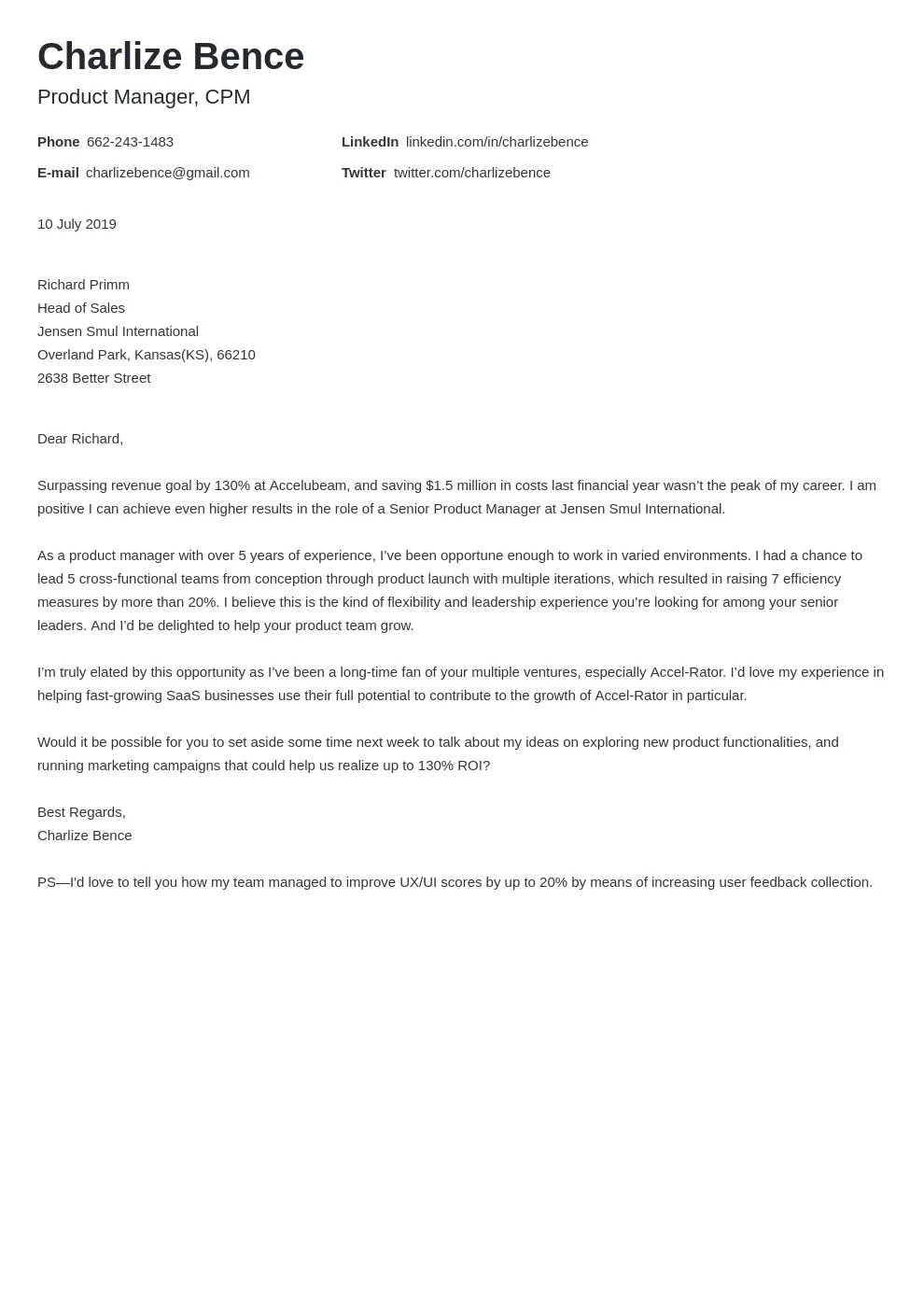
Your cover letter should be a tailored document that highlights your most relevant skills and experiences. Begin by addressing the hiring manager directly, if possible, to show your attention to detail. Then, introduce yourself and the position you’re applying for. Briefly explain why you’re interested in the role and the company. In the body paragraphs, showcase your key accomplishments and skills, illustrating how they align with the job requirements. Use specific examples and quantifiable results to demonstrate your value. Finally, conclude by reiterating your interest and expressing your eagerness to discuss your qualifications further, and always remember to thank the reader for their time and consideration. A cover letter is your chance to make a first and lasting impression.
Fact 2 Formatting Impact on Cover Letter Length
The formatting of your cover letter plays a significant role in controlling its length and readability. Proper formatting helps maintain a professional appearance and ensures that your content is easily accessible to the reader. The formatting choices you make can affect the overall visual appeal and perceived length of your cover letter, making it easier or more difficult for hiring managers to digest the information. A well-formatted cover letter reflects attention to detail and respect for the reader’s time, leaving a positive and professional impression. Effective formatting allows the focus to remain on your key strengths and experiences.
Font Choice and Size
Choosing the right font and size is essential for creating a clean, professional-looking cover letter. Opt for standard, readable fonts like Times New Roman, Arial, Calibri, or Helvetica. Avoid overly ornate or unusual fonts that can distract the reader. The font size should typically be between 10 and 12 points. This size ensures that the text is easily readable without appearing cramped or stretched. Maintaining consistency in font and size throughout the document enhances readability. Remember, the goal is to make your cover letter easy to read and visually appealing, allowing the reader to focus on your qualifications and skills rather than struggling with the font.
Margins and Spacing
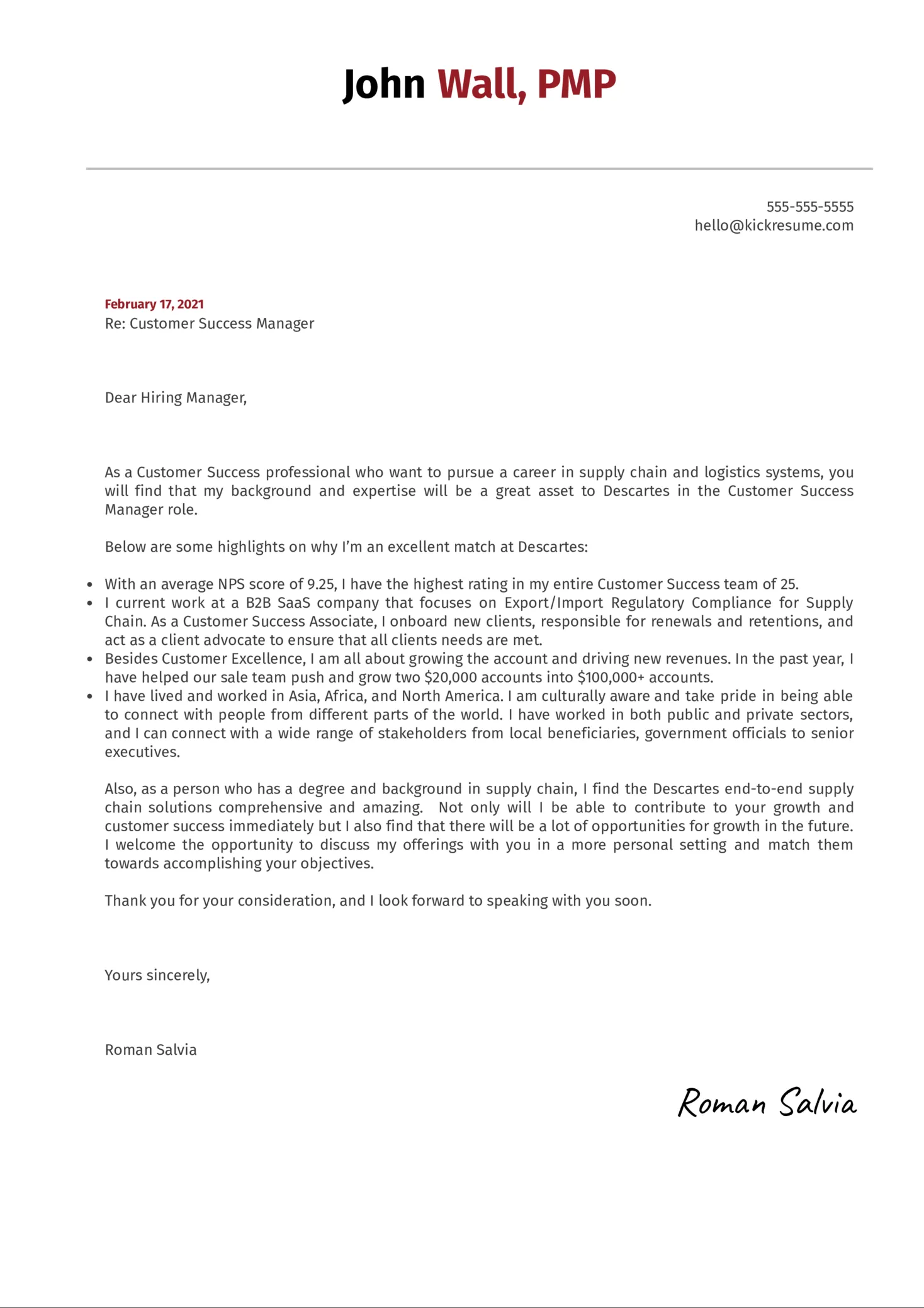
Appropriate margins and spacing are crucial for creating a visually appealing and easily readable cover letter. Standard margins of 1 inch on all sides are generally recommended. This creates sufficient white space around the text, preventing the document from appearing cluttered. Use single spacing within paragraphs and double spacing between paragraphs. This formatting helps to break up the text, making it easier for the reader to scan and understand the information. Proper spacing enhances readability, improving the overall user experience. Poor formatting can be distracting and make a negative impression, so pay close attention to these details to ensure your cover letter looks professional.
Fact 3 Cover Letter Length for Different Job Types
The optimal cover letter length can vary depending on the type of job you’re applying for. Some positions may require more detailed explanations or showcase specific accomplishments. Understanding how to adapt your cover letter’s length and content to different job types is crucial for maximizing its effectiveness. Tailoring your cover letter to the specific demands of each role demonstrates your attention to detail and your understanding of the employer’s needs. This adaptability can set you apart from other candidates and increase your chances of landing an interview.
For Entry Level Positions
For entry-level positions, a shorter cover letter is often more suitable. Since you may have limited work experience, focus on highlighting your skills, education, and any relevant internships or projects. Aim for a cover letter that’s concise and direct, showcasing your potential and enthusiasm. Keep the length within the range of 250 to 350 words, ensuring that every sentence adds value. A well-crafted cover letter for an entry-level position should demonstrate your eagerness to learn and your ability to contribute to the company, rather than going into excessive detail about experiences that are not yet extensive. Your cover letter is an opportunity to present a compelling narrative that supports your resume.
For Experienced Professionals

Experienced professionals can provide more detailed information about their career history and accomplishments. In this case, a cover letter that is closer to one page (350 to 400 words) is acceptable. You can elaborate on your past roles, key achievements, and the skills you’ve developed. Focus on how your experience aligns with the specific job requirements and the value you can bring to the company. However, even with more experience, it’s essential to remain concise and avoid unnecessary details. Prioritize quality over quantity, emphasizing the most relevant aspects of your career and using quantifiable results to demonstrate your impact.
For Academic and Research Positions
For academic and research positions, the expectations for cover letter length may be slightly different. In such cases, where detailed explanations of research and expertise are needed, a slightly longer cover letter might be permissible. The focus should be on articulating your research experience, publications, and specific contributions to your field. However, clarity and conciseness remain crucial. Ensure that the extra length is justified by the level of detail required. It’s important to tailor your cover letter to the specific requirements of the role, highlighting your most relevant skills and accomplishments while maintaining a professional tone.
Fact 4 Tailoring Your Cover Letter for Each Application
Customizing your cover letter for each job application is a critical step in the job search process. Generic cover letters, which are not tailored to a specific job or company, often fail to impress hiring managers. A customized cover letter demonstrates that you’ve taken the time to research the position and the organization, showing a genuine interest in the opportunity. Tailoring your letter allows you to highlight the most relevant skills and experiences. It demonstrates that you understand the specific requirements of the role and how you can contribute to the company’s success. This attention to detail can significantly increase your chances of getting an interview. Taking the time to tailor your cover letter sets you apart from candidates who use a one-size-fits-all approach.
Highlighting Relevant Experience
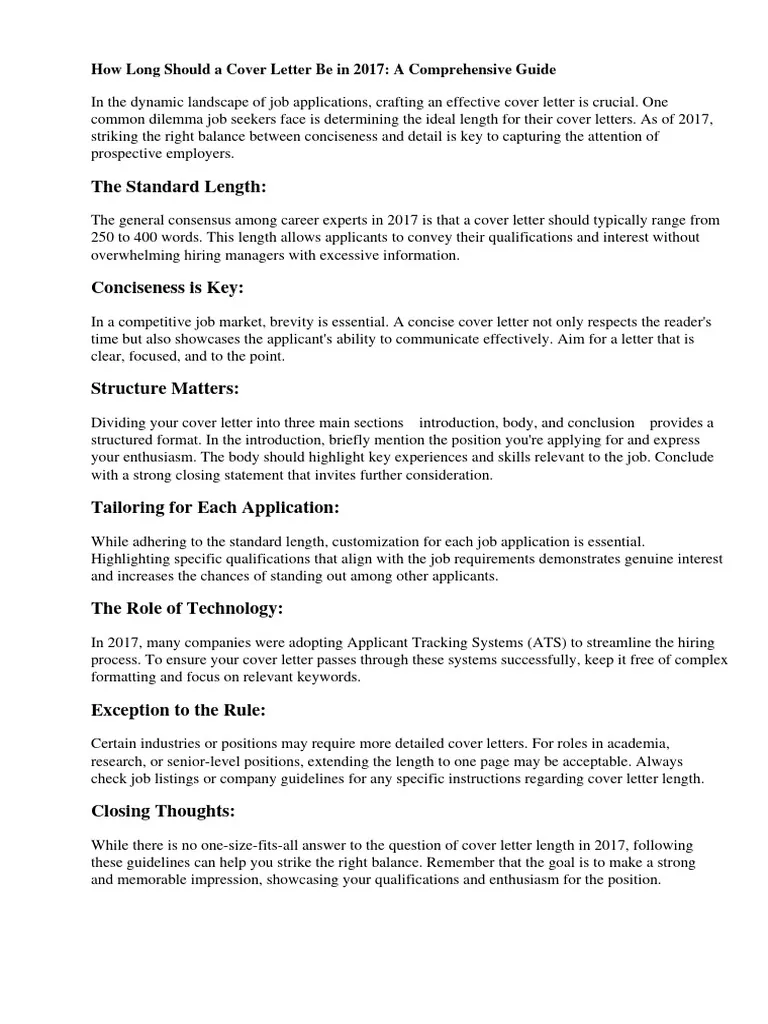
Carefully review the job description and identify the key skills and experiences the employer is looking for. In your cover letter, emphasize the experiences and skills that directly align with these requirements. Provide specific examples of how you have demonstrated these skills in the past. Use keywords from the job description to ensure your letter resonates with the hiring manager’s expectations. By highlighting the most relevant aspects of your background, you can quickly demonstrate your suitability for the role and increase your chances of standing out from other applicants. Prioritizing the most relevant information enhances your value proposition and makes a strong case for your candidacy.
Showcasing Your Skills and Achievements
Instead of just listing your skills, show how you’ve applied them to achieve results. Use the STAR method (Situation, Task, Action, Result) to describe your accomplishments in a clear and compelling way. For example, rather than saying, “I managed a team,” you could say, “In my role as a project manager, I led a team of five to successfully complete a project ahead of schedule and under budget, resulting in a 15% increase in efficiency.” Quantifiable achievements, such as increased sales, improved efficiency, or cost savings, provide concrete evidence of your value. Use specific examples to illustrate how your skills and accomplishments align with the job requirements, showing how you can contribute to the company’s success. Presenting concrete examples makes your cover letter more persuasive.
Fact 5 Avoiding Common Cover Letter Length Mistakes
Several common mistakes can undermine the effectiveness of your cover letter. Being aware of these pitfalls will help you avoid them, ensuring that your cover letter makes a positive impression. The goal is to create a compelling document that showcases your qualifications, demonstrates your interest in the position, and avoids the most frequent errors.
Generic Content and Lack of Specificity
Avoid using generic language that could apply to any job or company. Your cover letter should be tailored to each specific application, demonstrating that you’ve researched the company and understand the role. Replace vague statements with specific examples that highlight your skills and achievements. Generic cover letters often fail to demonstrate a genuine interest in the opportunity. Always address the hiring manager by name, if possible, and mention specific aspects of the company or the role that appeal to you. Your letter should reflect your unique qualifications and show why you’re the perfect fit for the job.
Overly Detailed Information
While it’s important to provide enough detail, avoid including excessive information that could overwhelm the reader. Keep the focus on the most relevant skills and experiences. Refrain from restating your resume word-for-word; instead, use the cover letter to provide context and highlight the most compelling aspects of your background. Lengthy cover letters that contain unnecessary information risk losing the reader’s interest. Maintain a balance between providing sufficient detail and keeping your letter concise. Be selective about the information you include, and ensure that every sentence adds value.
Conclusion
The length of your cover letter is an important factor in your job application success. Aim for one page (250-400 words), tailor your letter to each job, and format it professionally. Avoid common mistakes such as using generic content or providing too much detail. By following these guidelines, you can create a compelling cover letter that highlights your skills, experience, and interest in the position. A well-crafted cover letter can significantly improve your chances of getting an interview and landing your dream job. Remember, your cover letter is your first impression; make it count!
